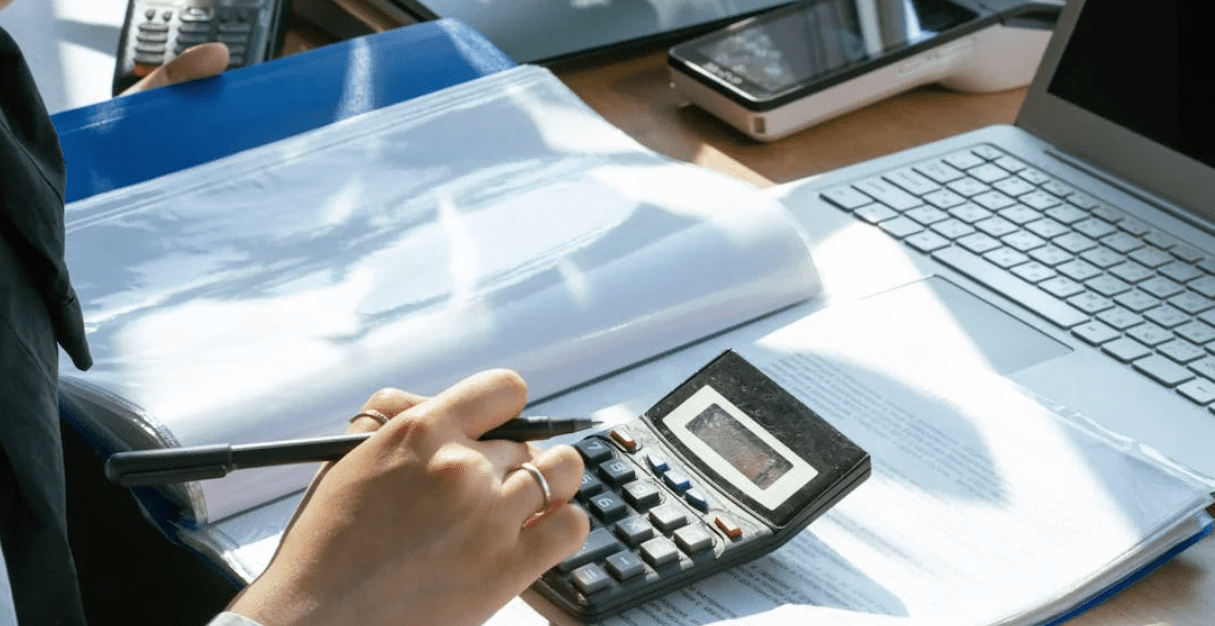Mastering the Lease Ledger: A Landlord’s Essential Tool
Mastering the Lease Ledger: A Landlord’s Essential Tool
Blog Article
Lease Ledger Guide: How to Track Tenant Payments Efficiently
Checking tenant funds is one of the very most important aspects of property management. Whether you're handling a handful of properties or a thorough portfolio, maintaining an accurate tenant payment lease ledger guarantees economic visibility and simplifies cost tracking. But controlling tenant payments successfully requires a well-structured approach. Here's a brief manual to setting it up right.

The Significance of a Lease Ledger
A lease ledger is basically a financial history that songs book funds, safety remains, late fees, and other tenant transactions. It provides as a main repository for several monetary interactions between landlords and tenants. Without an adequately handled ledger, property managers chance miscalculating revenue, overlooking missed funds, or producing disputes with renters. An prepared lease ledger helps remove these dangers while sustaining professionalism.
Techniques for Successfully Monitoring Tenant Funds
1. Utilize Technology for Reliability
Guide record-keeping might benefit an individual home, but as the number of products develops, it becomes impractical. Leveraging digital tools or simple spreadsheet templates can substantially increase accuracy. These resources usually permit you to automate continuing lease payments, generate reminders for overdue balances, and produce studies instantly.
2. Create a Consistent Design
A lease ledger should follow an obvious and consistent format. At least, your ledger should include:
• Tenant names
• Due times
• Quantities compensated
• Outstanding balances
• Records for any extra expenses (e.g., maintenance expenses or late charges)
Standardizing these details ensures every record is standard and an easy task to interpret.
3. Check Payment Position Often
Examining your lease ledger usually guarantees you stay along with delayed payments and may handle possible dilemmas early. Put aside time monthly to reconcile funds received against what's recorded in your ledger. This training also assists in pinpointing tendencies, such as for instance regularly late-paying tenants.
4. Speak with Tenants Clearly
Precise records suggest small if tenants aren't educated of their cost obligations. Send pointers for upcoming book due times or upgrade them on any outstanding balances. Distinct transmission minimizes misconceptions and encourages appropriate payments.
5. Record Every thing
Every payment created, whether incomplete or complete, ought to be reported quickly in the ledger. Monitoring every exchange ensures both parties have a guide point in the event of disputes. Actually small facts, such as for example waived late costs or modified payments, should be joined to the record.

Ultimate Feelings
An successful lease ledger not just simplifies tenant payment administration but also provides peace of mind for landlords and house managers. By integrating distinct structures, leveraging digital methods, and sustaining exact files, you can begin a easy system that reduces mistakes and develops greater tenant relationships. Begin handling your payments better today and collection the foundation for long-term financial balance! Report this page